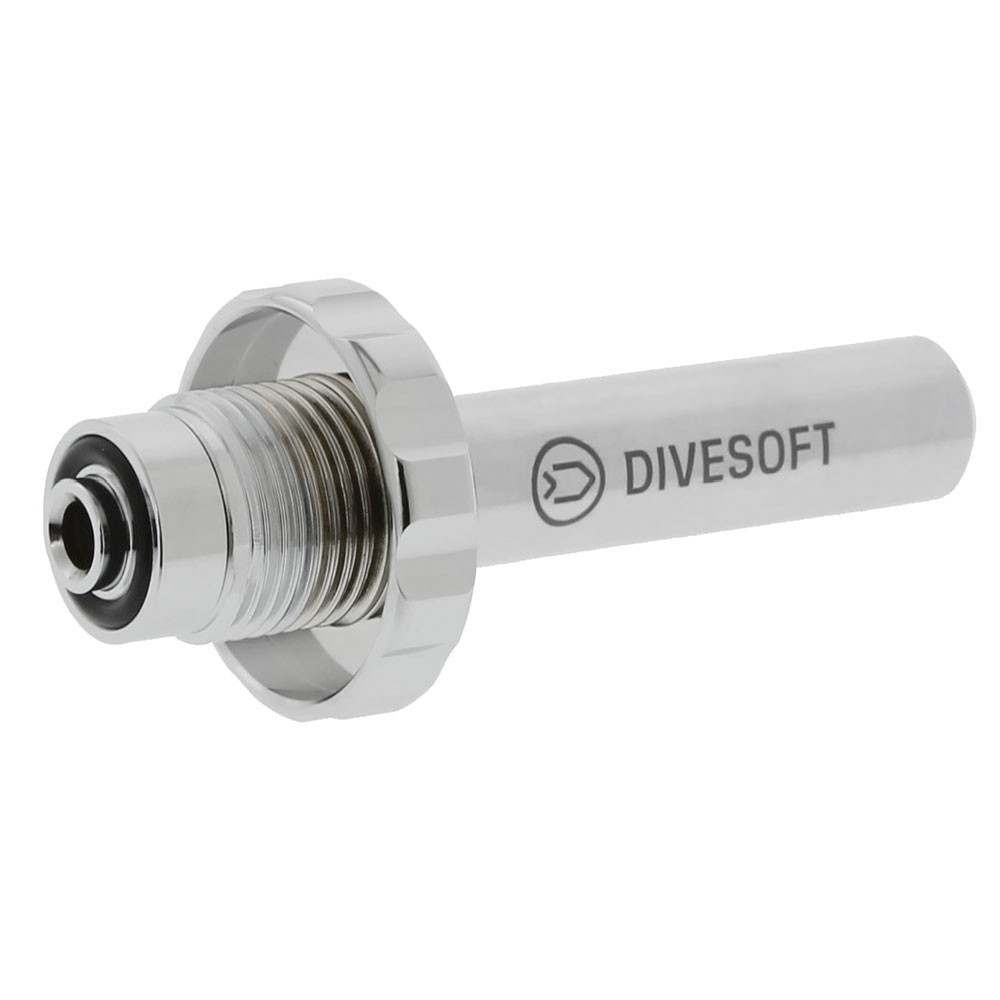Externet
Contributor
Hello.
Regulators have a fixed capability manufacturers have to comply with, or they decide the litres per minute/cubic feet per minute they can supply at 150 psi ? I believe the regulated pressure delivery is standard, right ?
Regulators have a fixed capability manufacturers have to comply with, or they decide the litres per minute/cubic feet per minute they can supply at 150 psi ? I believe the regulated pressure delivery is standard, right ?





